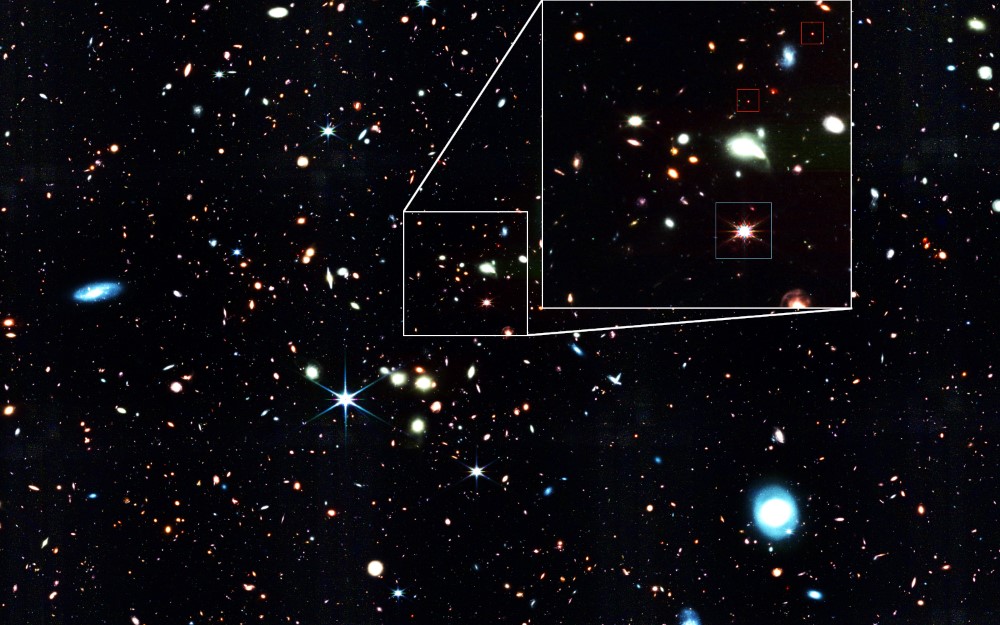Physics professor’s research goes global on AstroBites
A recent article on the website Astrobites featured Wayne State's own Assistant Professor Tonima Tasnim Ananna's paper, “X-Ray View of Little Red Dots: Do They Host Supermassive Black Holes?”
Astrobites aims to help undergraduates understand key astronomical studies and has a significant following among young astronomers. Undergraduates and graduate students select interesting and relevant papers from the arXiv to write summary articles describing the work in an accessible manner. Professor Ananna’s paper was chosen and summarized by Archana Aravindan, a graduate student from the University of California, Riverside.

The summarized article is a collaborative effort involving Wayne State, the Center for Astrophysics at Harvard and Smithsonian, Masaryk University, Dartmouth College, and Yale University. Professor Ananna's research focuses on Little Red Dots (LRDs), mysterious red galaxies detected by the James Webb Space Telescope in the high redshift (distant) universe.
She explains, “Little Red Dots are enigmatic red galaxies whose nature remains unclear and were previously undetected. My research primarily deals with accreting supermassive black holes, which sometimes appear red because they are shrouded in gas and dust that emit copious amounts of red light. This is why I am particularly interested in these mysterious red sources. If these LRDs are indeed red due to active supermassive black holes obscured by gas and dust, there are many more of these objects in the early universe than we previously knew. Our results indicate they produce fewer X-rays than their current counterparts, making them even more mysterious. I want to know how many of these objects existed in the early Universe and if most of them were heavily obscured. Recent work suggests they have an extremely high level of 'Compton-thick' obscuration, making them X-ray weak. This calls for a revision of population statistics, and studying these populations has been a crucial part of my research."
The exciting aspect of Professor Ananna’s research is that it is conducted here on our campus. She states, “I have done nearly all of this work while at Wayne State. The department has been incredibly supportive, ensuring I have all the computational resources and a balanced distribution of responsibilities, allowing me time to conduct this research. My graduate students are also engaged in population studies, making this work highly relevant to their research.”
In addition to providing opportunities for staff and students on campus, Ananna’s research has positively impacted the scientific community. She has made her X-ray study tools publicly available.
“The X-ray stacking software StackFast, which we have made publicly accessible, can be used by anyone to study faint populations of galaxies or other sources in the sky. All the user needs are some positions in the sky. The algorithm then searches the entirety of the Chandra X-ray space telescope archive to see if there are any X-ray photons associated with these positions and reports population statistics. This portal is entirely online, so there is no need to download or install anything.”